Hey plant pals! Ever heard of Begonia Convolvulacea? It’s like having a slice of tropical paradise right in your home. I’ve got this beauty in my own plant gang, and let me tell you, it’s a showstopper.
Key takeaways
- Cool Origin Story: This plant is originally from Southeast Asia, bringing some serious exotic vibes to your space.
- Looks That Wow: Imagine leaves that are like little pieces of art. That’s Begonia Convolvulacea for you. It’s not your average green buddy—it’s a real eye-catcher.
- Easy for Everyone: Whether you’re a pro plant parent or just starting, this begonia is your friend. It’s chill and easygoing, perfect for any level of plant love.
- Flower Power: Get ready for a surprise pop of color with its cute blooms. It’s like a little flower party happening in your living room.
- Light Lovers: This plant is all about that soft, filtered sunlight. It’s not picky, making it a great addition to any corner of your home.
So, if you’re up for a plant that’s easy, stunning, and brings a bit of the tropics to your place, Begonia Convolvulacea is your go-to green buddy!

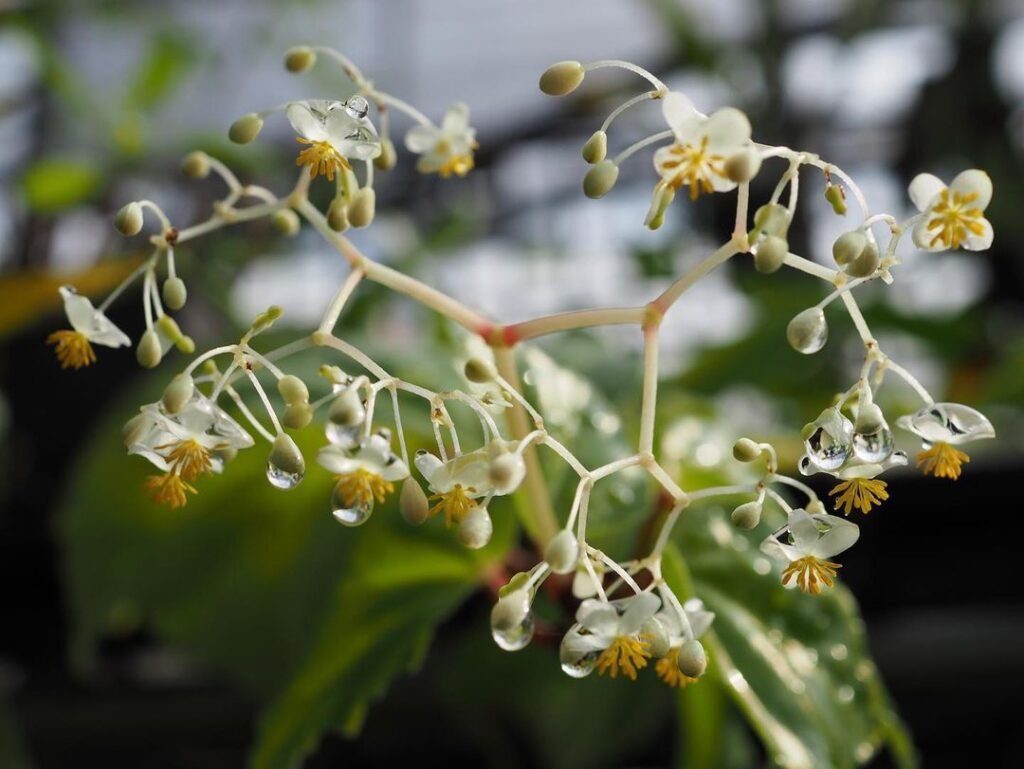
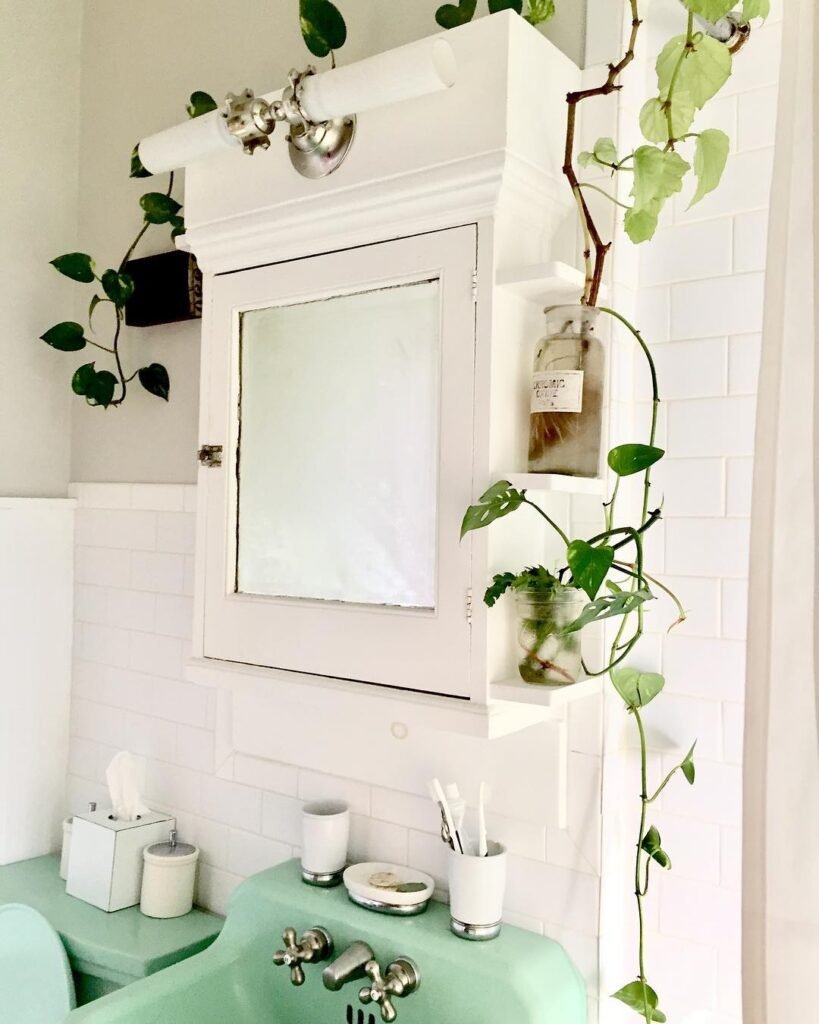
Care Guide Overview
| Care Aspect | Instructions |
|---|---|
| 💧 Watering | 1. Keep the soil consistently moist, but not waterlogged. |
| 2. Allow the top inch of soil to dry out between watering. | |
| 🌞 Lighting | 1. Provide filtered sunlight to mimic its natural habitat. |
| 2. Avoid prolonged exposure to harsh, direct sunlight. | |
| 🌱 Soil and Fertilizing | 1. Opt for a well-draining potting mix. |
| 2. Feed monthly during the growing season with a balanced fertilizer. | |
| 💨🌡 Humidity and Temperature | 1. Maintain high humidity levels, around 60-70%. |
| 2. Keep temperatures between 18-24°C (64-75°F). | |
| ✂️ Pruning and Shaping Tips | 1. Trim leggy stems to promote bushiness. |
| 2. Regularly remove dead or yellowing leaves. | |
| 🌱 Propagation Tips | 1. Propagate through stem cuttings in water or soil. |
| 2. Ensure the cuttings have at least two nodes for optimal root development. |
Appearance of Begonia Convolvulacea

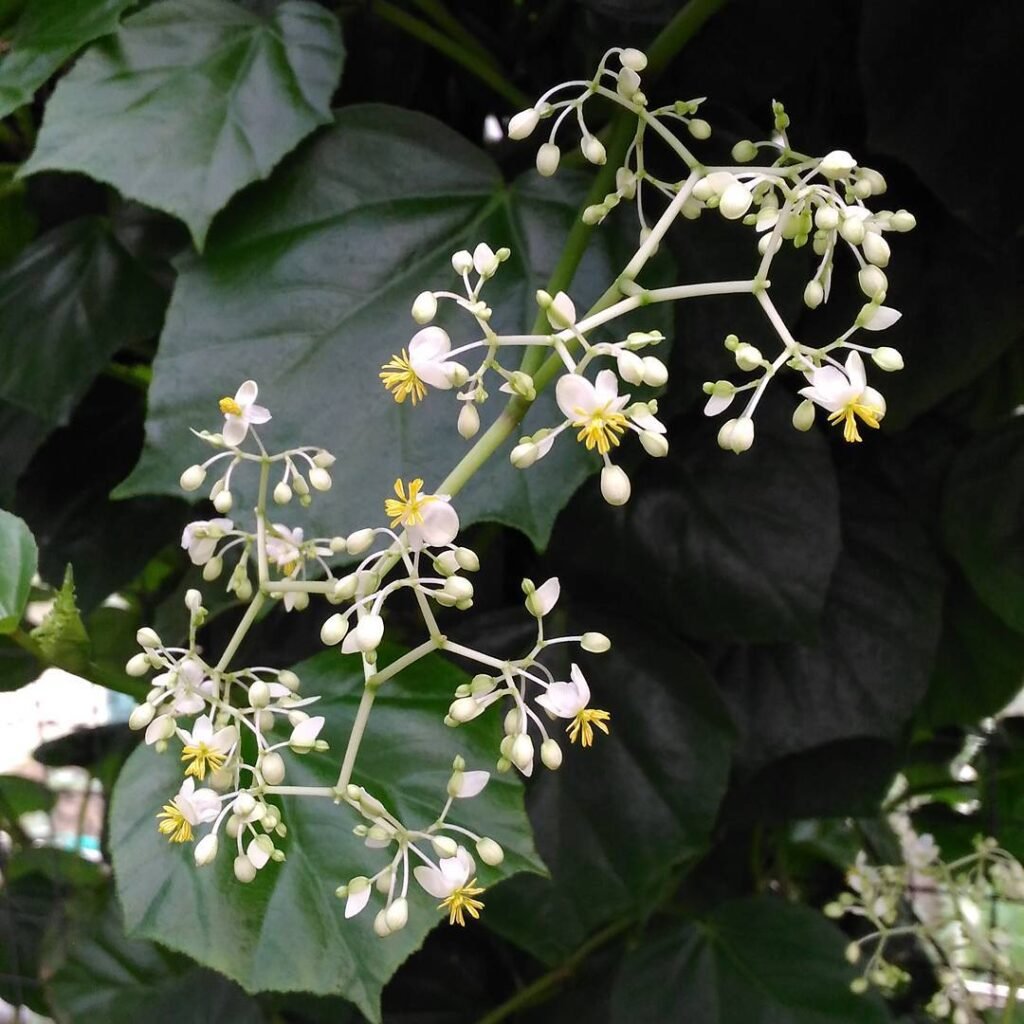

The aesthetic features of Begonia Convolvulacea are notable for their distinct characteristics. The leaves exhibit asymmetrical patterns across their surface, contributing to a visually intricate display. With the potential to attain a substantial size, these leaves lack symmetrical uniformity, introducing an element of irregularity to their overall structure.
Additionally, the underside of the leaves presents a reddish hue, providing a contrasting coloration to the predominant green on the upper side. This feature adds an additional layer of visual interest to the appearance of Begonia Convolvulacea.
Not the plant for you? Check out my full list of 78 Types of Begonia!
How to Grow Begonia Convolvulacea
Growing Begonia Convolvulacea requires attention to several key aspects. Following these guidelines ensures a thriving and healthy plant.
💧 Watering
- Consistent Moisture: Keep the soil consistently moist, avoiding extremes of dryness or waterlogging.
- Top Inch Rule: Allow the top inch of soil to dry out between watering sessions.
- Leaf Check: Keep an eye on the leaves; if they start to droop, it might be a sign your plant needs a drink.
🌞 Lighting
- Filtered Sunlight: Provide your begonia with filtered sunlight to mimic its natural habitat.
- Avoid Harsh Sun: Shield it from prolonged exposure to direct sunlight to prevent leaf burn.
- Rotate for Balance: Periodically rotate the pot to ensure all sides of the plant receive adequate light.
🌱 Soil and Fertilizing
- Well-Draining Mix: Opt for a potting mix that is well-draining to prevent waterlogged roots.
- Balanced Feed: During the growing season, feed with a balanced fertilizer monthly to support healthy growth.
- Watch for Yellowing: If the leaves start turning yellow, it might be a sign of nutrient imbalance; adjust fertilizer accordingly.
💨🌡 Humidity and Temperature
- High Humidity: Maintain humidity levels around 60-70% by misting or placing a tray of water near the plant.
- Temperature Comfort: Keep the surroundings at a comfortable range of 18-24°C (64-75°F).
- Avoid Drafts: Protect your begonia from drafts, as sudden temperature changes can stress the plant.
Remember, each of these elements plays a crucial role in the overall well-being of your Begonia Convolvulacea. Consistency and observation are your best allies in fostering a thriving green companion.
✂️ Pruning and Shaping Tips



When it comes to keeping your Begonia Convolvulacea in tip-top shape, strategic pruning and shaping are key. Here are specialized methods to ensure your begonia stays as aesthetically pleasing as possible.
- Deadheading Blooms: Gently remove spent blooms to encourage continuous flowering. This not only keeps your begonia looking neat but also redirects energy for new growth.
- Leggy Stem Trim: If your plant starts getting a bit leggy, don’t hesitate to trim those long stems. This promotes bushiness and ensures a more compact and attractive appearance.
- Selective Leaf Removal: Remove yellowing or damaged leaves regularly. This not only enhances the plant’s visual appeal but also maintains overall health.
- Crown Pruning: For a more sculpted look, consider crown pruning. This involves selectively removing the upper portion of the stems, promoting a fuller and more rounded canopy.
Pruning Schedule
| Month | Pruning Tasks |
|---|---|
| March | Deadhead spent blooms. Trim leggy stems. |
| June | Perform crown pruning for shape. |
| September | Remove yellowing or damaged leaves. |
| December | Assess overall shape and make adjustments. |
🌱 Propagation Tips
If you’re keen on expanding your begonia family or sharing the joy with fellow plant enthusiasts, mastering propagation is the way to go. Here are specialized methods for propagating your Begonia Convolvulacea.
- Stem Cuttings in Water: Snip a healthy stem, ensuring it has at least two nodes. Place it in a jar of water until roots develop. Once roots are established, transplant it into soil.
- Soil Propagation: Directly insert stem cuttings into a well-draining potting mix. Ensure nodes are covered with soil. Maintain consistent moisture until roots form.
- Leaf Cuttings in Soil: Snip a healthy leaf, ensuring it has a petiole attached. Plant the petiole into the soil, and over time, new plantlets will emerge.
Propagation Timeline
| Stage | Duration |
|---|---|
| Root Development | 2-4 weeks (for water method). |
| Transplanting | Once roots are 1-2 inches long. |
| New Growth | Visible after 4-6 weeks. |
| Ready for Gift! | Approximately 8-12 weeks. |
🛠️ Troubleshooting Common Begonia Convolvulacea Issues
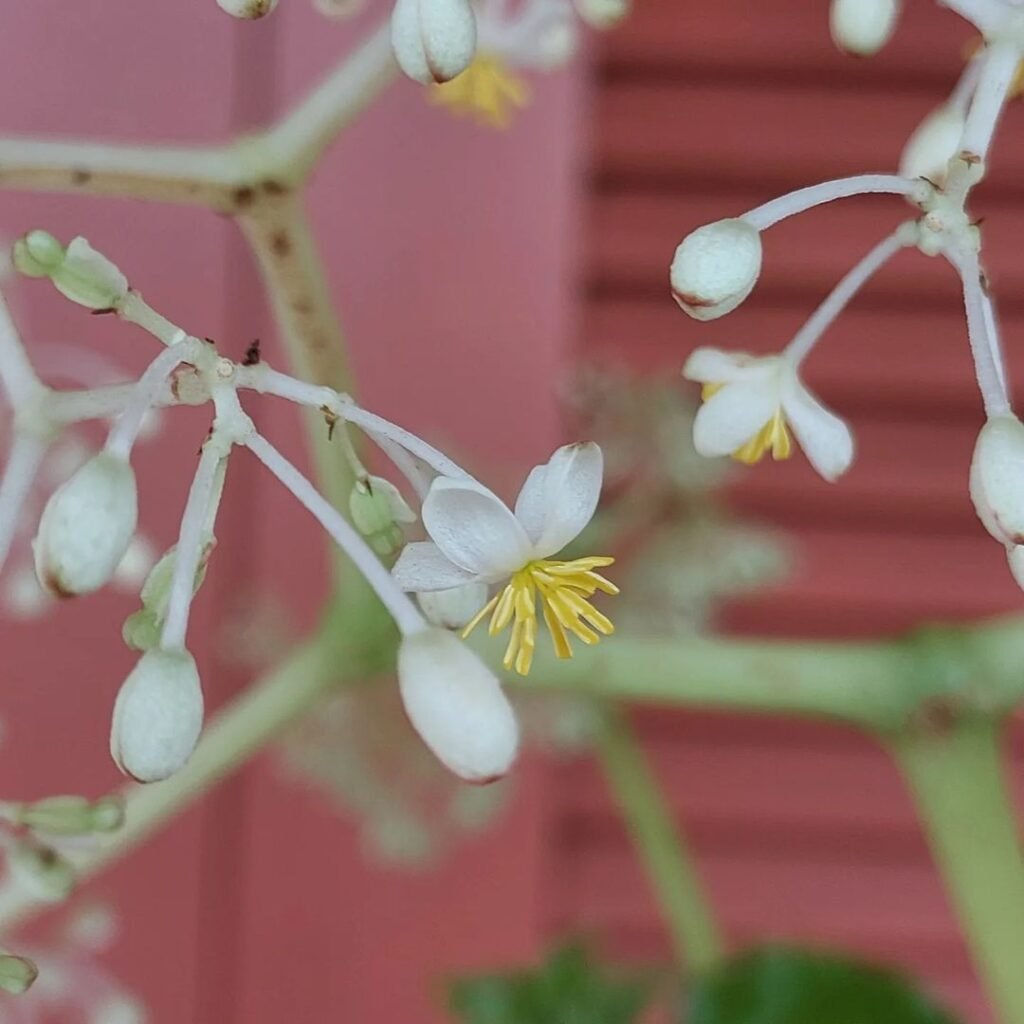
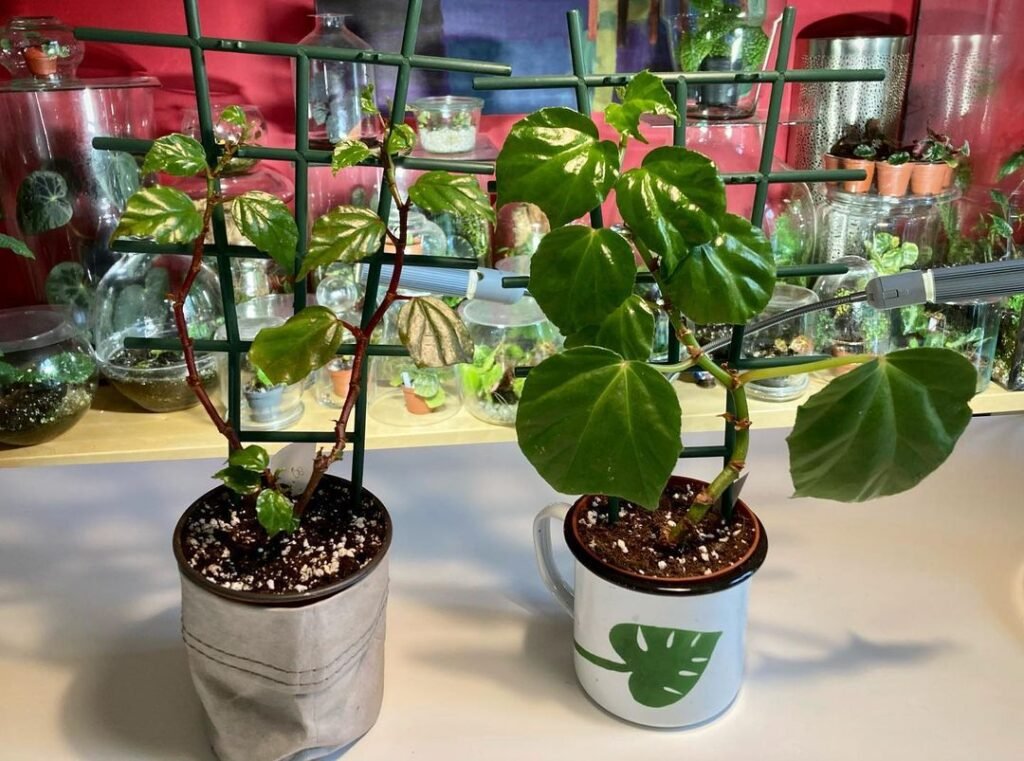

Growing Begonia Convolvulacea can be a delightful experience, but every plant parent encounters challenges along the way. Let’s dive into some troubleshooting tips to address common issues and keep your begonia thriving.
Yellowing Leaves 🌱💛
Yellowing leaves can be a cause for concern, but fear not, it’s often a sign that your plant is trying to communicate something. Here’s what to look out for:
- Overwatering: If the soil is consistently wet, your begonia might be getting too much water. Adjust your watering routine and allow the top inch of soil to dry out between sessions.
- Nutrient Deficiency: Yellowing can also indicate a lack of nutrients. Consider using a balanced fertilizer to provide essential nourishment.
- Poor Drainage: Ensure your pot has proper drainage. Stagnant water around the roots can lead to root rot, manifesting as yellowing leaves.
Dealing with Pests 🐜🌿
While Begonia Convolvulacea is generally hardy, pests can still pose a threat. Keep an eye out for the following culprits:
- Spider Mites: These tiny pests can cause stippling on leaves. Combat them by regularly misting your begonia and keeping humidity levels up.
- Aphids: These small insects can cluster on young leaves and stems. Introduce natural predators like ladybugs or use insecticidal soap to control their population.
- Mealybugs: Often found in leaf crevices, mealybugs look like tiny cotton masses. Remove them manually, or use a mixture of water and dish soap for control.
By addressing these issues promptly, you can maintain a vibrant and healthy Begonia Convolvulacea that continues to bring joy to your space.
Care Tip: Leaf Dusting – Wipe the leaves gently with a damp cloth to remove dust. This not only enhances the plant’s appearance but also allows better light absorption.
🌿 Beyond the Basics: Creative Ways to Display Your Begonia Convolvulacea
Your Begonia Convolvulacea deserves more than just a basic pot on a windowsill. Let’s explore imaginative ways to showcase this botanical beauty and elevate your home decor.
Hanging Gardens 🌿🌸
Take advantage of Begonia Convolvulacea‘s cascading growth by creating a hanging garden. Plant it in a hanging basket or a wall-mounted planter to let the leaves drape elegantly, adding a touch of botanical flair to your space.
Terrarium Magic 🏞️🌿
Bring a touch of the tropics indoors by placing your begonia in a well-designed terrarium. Combine it with other humidity-loving plants and create a miniature rainforest right on your coffee table.
Mixed Plant Displays 🌿🎨
Pair your Begonia Convolvulacea with other houseplants to create visually appealing arrangements. Consider contrasting textures, colors, and heights for a dynamic display that adds character to any room.
Creative Plant Stands 🪴🎨
Explore unconventional plant stands or DIY options to showcase your begonia in style. From vintage wooden crates to repurposed furniture pieces, the possibilities are endless. Get creative and let your plant stand become a conversation piece in your home.
Wall-mounted Pockets 🌿🖼️
Utilize vertical space by planting your begonia in wall-mounted pockets or vertical planters. This not only saves floor space but also turns your plant into living wall art.
By thinking beyond the conventional pot, you can turn your Begonia Convolvulacea into a statement piece, enhancing the aesthetic appeal of your home.
Care Tip: Mind the Water Quality – If using tap water, allow it to sit overnight to dissipate chlorine. Begonia Convolvulacea prefers slightly acidic conditions, so rainwater or filtered water is ideal.
🌈 Beyond Green: Unraveling Begonia Convolvulacea Varieties
Discover a world beyond the typical green hues of Begonia Convolvulacea as we explore the diverse varieties that exist within this begonia family. From vibrant leaf patterns to unique colorations, each variety brings its own flair to the botanical stage.
Variegated Wonders 🎨🌿
Dive into the mesmerizing world of variegated Begonia Convolvulacea varieties, where leaves showcase a stunning blend of colors. These unique specimens can feature splashes of white, pink, or even silver, adding an extra layer of visual interest to your indoor garden. Explore the spectrum of variegation and find the perfect variety to elevate your plant collection.
Rare Colorations 🌈🌿
While green is the go-to color for most plants, certain varieties of Begonia Convolvulacea break the mold with rare and striking colorations. From deep purples to rich reds, these begonias bring an unexpected burst of color to your space. Delve into the world of rare colorations and learn how to care for these captivating varieties, making your collection truly stand out.
By exploring the diversity of Begonia Convolvulacea varieties, you can create a captivating and visually dynamic indoor garden that goes beyond the ordinary.
📸 Begonia Convolvulacea Photography Tips
Capture the beauty of your Begonia Convolvulacea in stunning botanical photographs with these expert tips. From highlighting intricate leaf details to showcasing blooms in their full glory, elevate your plant photography skills and create a visual diary of your begonia’s growth.
Focus on Texture and Patterns 📷✨
Bring out the unique charm of Begonia Convolvulacea by zooming in on its textures and patterns. Use a macro lens or the macro mode on your camera to capture the intricate details of leaves, showcasing the begonia’s artistic beauty up close. Experiment with lighting angles to create shadows that emphasize patterns.
Play with Lighting for Blooms 🌸🌞
When photographing begonia blooms, lighting is key. Opt for soft, diffused natural light to avoid harsh shadows. Experiment with different angles and times of day to find the perfect lighting conditions that accentuate the colors and delicate details of the flowers.
Showcase Growth Stages 🌿📸
Create a visual narrative of your Begonia Convolvulacea by documenting its growth stages. Capture the emergence of new leaves, the unfurling of buds, and the transformation of blooms. This not only creates a captivating photo series but also allows you to track the progress of your beloved plant.
Care Tip: Gentle Repotting – When repotting, handle the roots with care. Begonia Convolvulacea doesn’t appreciate root disturbance, so opt for a gentle repotting approach to minimize stress.
🌸 Maximizing Begonia Convolvulacea Blooms
Unlock the full blooming potential of your Begonia Convolvulacea with these expert tips. From understanding the flowering cycle to enhancing bloom size and frequency, let’s delve into the strategies that will turn your begonia into a floral masterpiece.
Understanding the Blooming Cycle 🔄🌺
Before diving into bloom enhancement, it’s crucial to comprehend the natural blooming cycle of Begonia Convolvulacea. Typically, these begonias produce flowers sporadically throughout the year, with peak blooming periods during the warmer months. By aligning your care routine with the natural cycle, you can encourage a more robust and consistent flowering display.
Enhancing Bloom Size and Frequency 🌼💡
Boost the visual impact of your begonia’s blooms with these specialized techniques:
- Selective Pruning: Remove older flowers to redirect energy towards new blooms, promoting a continuous flowering cycle.
- Appropriate Fertilization: During the growing season, provide a phosphorus-rich fertilizer to encourage robust flower development.
- Optimal Light Exposure: Ensure your begonia receives the right balance of light. While it thrives in filtered sunlight, too much shade can limit flowering. Adjust the lighting conditions accordingly.
Conclusion
Caring for Begonia Convolvulacea is not just about providing the basics; it’s an exploration of a botanical journey filled with diverse varieties, creative displays, and the artful capture of its beauty. From troubleshooting common issues to maximizing blooms, understanding seasonal adjustments, and delving into the unique varieties, your begonia can flourish into a vibrant centerpiece in your indoor garden.
Remember, the key to a thriving Begonia Convolvulacea lies in a harmonious blend of consistent care, creativity, and a deep appreciation for its unique characteristics. As you embark on this green adventure, let the diversity of its varieties inspire you, and may your botanical photography capture the essence of growth and beauty.
If you’re thinking of extending your begonia family, I recommend considering either begonia angelique or begonia cucullata. They both would make great additions to your squad!
Happy gardening with your Begonia Convolvulacea!
FAQs
How often should I water my Begonia Convolvulacea?
The frequency of watering depends on factors like temperature, humidity, and the specific needs of your begonia. In general, keep the soil consistently moist, allowing the top inch to dry between watering sessions.
Can I grow Begonia Convolvulacea in low light conditions?
While Begonia Convolvulacea prefers filtered sunlight, it can tolerate lower light conditions. However, for optimal growth and blooming, provide bright, indirect light.
What should I do if my begonia’s leaves start turning yellow?
Yellowing leaves can indicate issues such as overwatering, nutrient deficiency, or poor drainage. Adjust your watering routine, consider fertilizing, and ensure proper drainage to address this.
How can I encourage more blooms on my Begonia Convolvulacea?
To maximize blooms, practice selective pruning, provide a phosphorus-rich fertilizer during the growing season, and ensure optimal light exposure. Understanding the natural blooming cycle also aids in encouraging consistent flowering.
Are there any specific care adjustments needed during winter?
Yes, during winter, reduce watering frequency, place the begonia in moderate lighting, and monitor for drafts or extreme temperature fluctuations. Winter is a period of dormancy for Begonia Convolvulacea, so adjust care accordingly.

Writer/Green Thumb/Explorer – Rooted deep in the rich soils of Devon, I’ve cultivated a vast expertise in plant care, helping greenery thrive in homes across the UK. When I’m not crafting detailed plant care guides, I’m journeying through the lush landscapes of the West Country, unearthing nature’s secrets and sharing them with fellow plant enthusiasts. Every leaf has a story, and I’m here to tell it.





